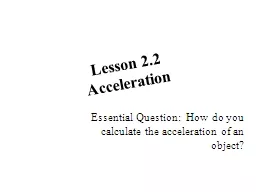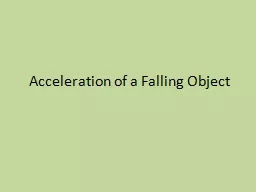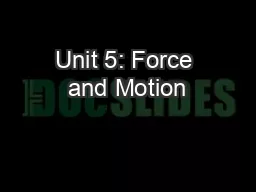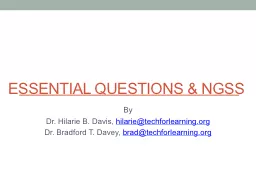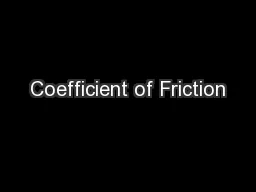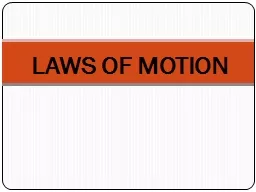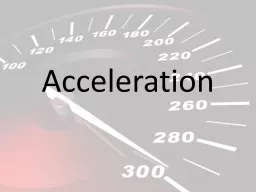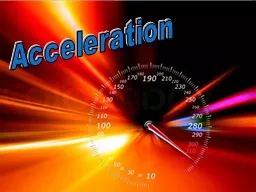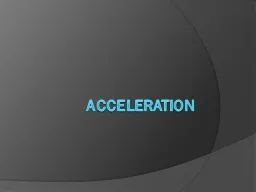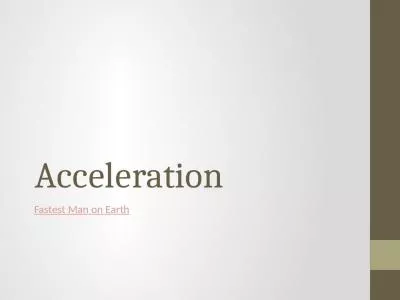PPT-Lesson 2.2 Acceleration Essential Question: How do you calculate the acceleration of
Author : conchita-marotz | Published Date : 2018-09-23
Describe the speedometer on a car that is entering a highway drives for 25 miles and then exits the highway Consider the two situations below When a shuttle bus
Presentation Embed Code
Download Presentation
Download Presentation The PPT/PDF document "Lesson 2.2 Acceleration Essential Questi..." is the property of its rightful owner. Permission is granted to download and print the materials on this website for personal, non-commercial use only, and to display it on your personal computer provided you do not modify the materials and that you retain all copyright notices contained in the materials. By downloading content from our website, you accept the terms of this agreement.
Lesson 2.2 Acceleration Essential Question: How do you calculate the acceleration of: Transcript
Download Rules Of Document
"Lesson 2.2 Acceleration Essential Question: How do you calculate the acceleration of"The content belongs to its owner. You may download and print it for personal use, without modification, and keep all copyright notices. By downloading, you agree to these terms.
Related Documents

